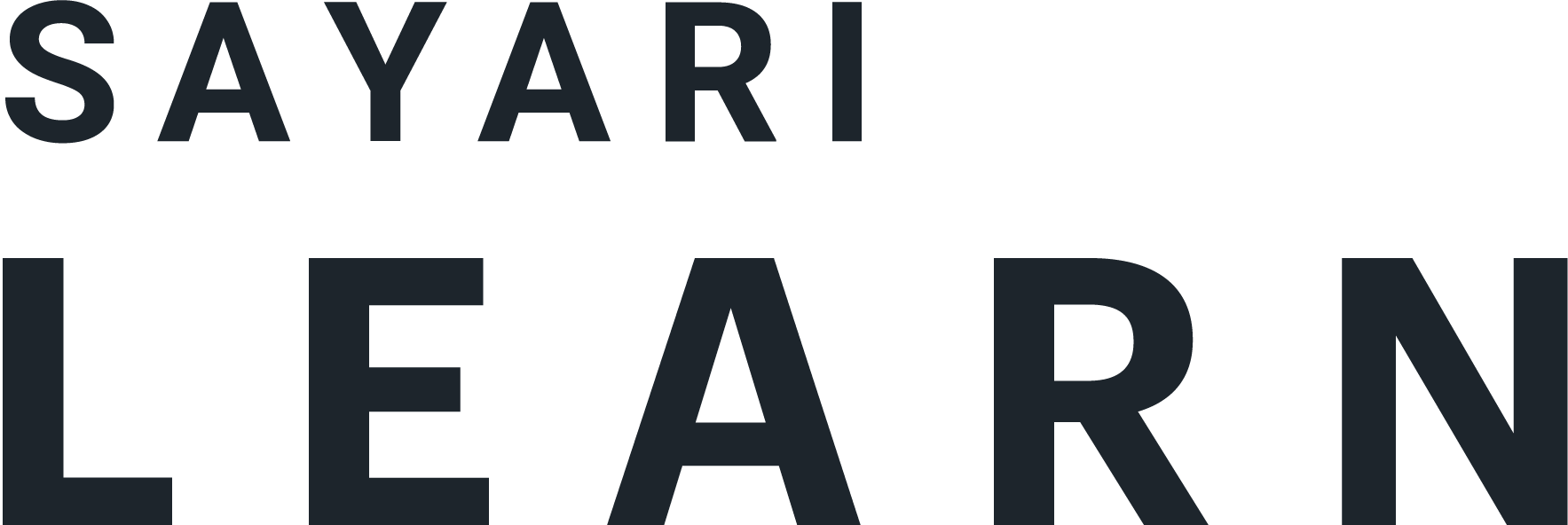Iran – Beneficial Ownership and Company Structures
Company Structures in Iran
Understanding the differences between Iranian corporate structures is an invaluable tool when conducting investigations in Iran. This is particularly true for due diligence and other researchers who want to identify the beneficial ownership of Iranian companies.
According to the Iranian Commercial Code, Iranian companies fall into one of eight legal entity types (نوع شخصیت حقوقی). This article explores the three most common structures and explains how they can help identify ultimate beneficial owners.
How to Determine Corporate Type
You can determine an Iranian company’s structure by looking at the corporate extension. In the Iranian Official Gazette, this is usually found in the announcement title, either before or after the company name. In the ILENC corporate registry, this will be listed in the “Legal Entity Type” (نوع شخصیت حقوقی) field.
The three most common corporate types look like this:
|
Type |
Corporate Extension |
Transliteration |
|
Public Joint Stock |
سهامی عام |
Sahami Aam |
|
Private Joint Stock |
سهامی خاص |
Sahami Khass |
|
Limited Liability |
با مسئولیت محدود |
Ba Masooliat Mahdood |
Iranian Joint Stock Companies
In Iran, both public and private joint stock companies (JSCs) must have a minimum of three shareholders. Public JSCs must have a minimum of five directors, including a chairman and a vice chairman. Private JSCs are only required to have a chairman and vice chairman.
JSCs are required to disclose board members in the Iranian Official Gazette, but not shareholders. For public JSCs with publicly traded shares, databases maintained by the Tehran Stock Exchange and the Iranian Securities and Exchange Organization (e.g. CODAL) can provide detailed ownership reports. This data is not disclosed for private JSCs.
Regardless, you can use board membership information from the Iranian Official Gazette and other sources to learn about a JSC’s company’s ownership structure. JSC board members must be elected from amongst the shareholders, so anyone listed as a board member must be a shareholder unless otherwise specified. However, you won’t be able to determine their exact shareholding percentages, and there may be other undisclosed shareholders.
Limited Liability Companies
Limited liability companies (LLCs) must have at least two partners and at least one director.
Like JSCs, LLCs must disclose board members in the Iranian Official Gazette. However, unlike JSCs, LLC board members do not have to be elected from amongst the shareholders. Therefore, you can’t assume that LLC board members are shareholders.
LLCs are not required to disclose shareholders, but they sometimes voluntarily disclose shareholders and their shareholding percentages in gazette filings. This is very valuable information but not always available.
Legal Entities on the Board of Directors
For both JSCs and LLCs, legal entities, not just individuals, can serve as JSC board members. A legal entity elected to the board of another company often will appoint a specific individual as its representative at board meetings. In these cases, the individual is also a member of the board, but only the legal entity is necessarily a shareholder.
Other Corporate Types
Other less common types of companies include:
|
Type |
Persian Name |
Transliteration |
|
General Partnership |
شرکت تضامنی |
Sherkat Tazamoni |
|
Limited Partnership |
شرکت مختلط غیر سهامی |
Sherkat Mokhtalet Gheyr Sahami |
|
Mixed Joint Stock Partnership |
شرکت مختلط سهامی |
Sherkat Mokhtalet Sahahmi |
|
Proportional Liability Partnership |
شرکت نسبی |
Sherkat Nesbi |
|
Production and Consumption Cooperative |
شرکت تعاونی تولید و مصرف |
Sherkat Taavoni Tolid va Masraf |
